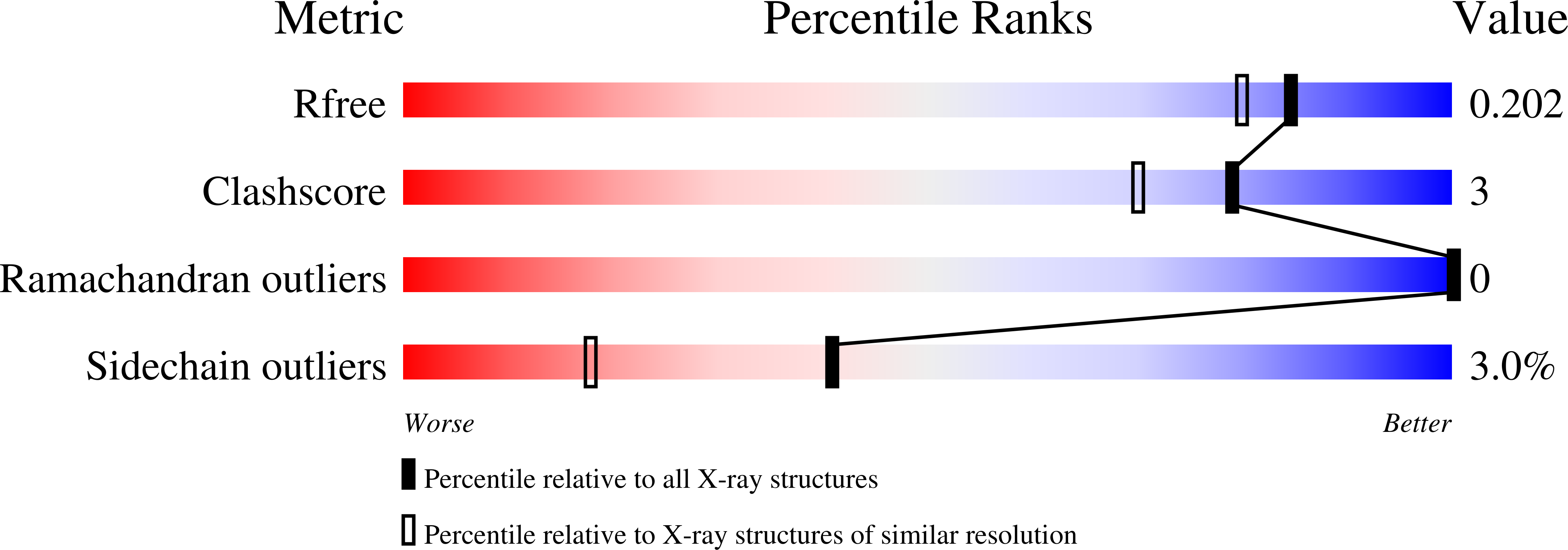
Deposition Date
2021-11-05
Release Date
2022-08-31
Last Version Date
2024-11-13
Entry Detail
PDB ID:
7Q68
Keywords:
Title:
Crystal structure of Chaetomium thermophilum wild-type Ahp1
Biological Source:
Source Organism:
Host Organism:
Method Details:
Experimental Method:
Resolution:
1.75 Å
R-Value Free:
0.20
R-Value Work:
0.18
R-Value Observed:
0.18
Space Group:
P 43 2 2


